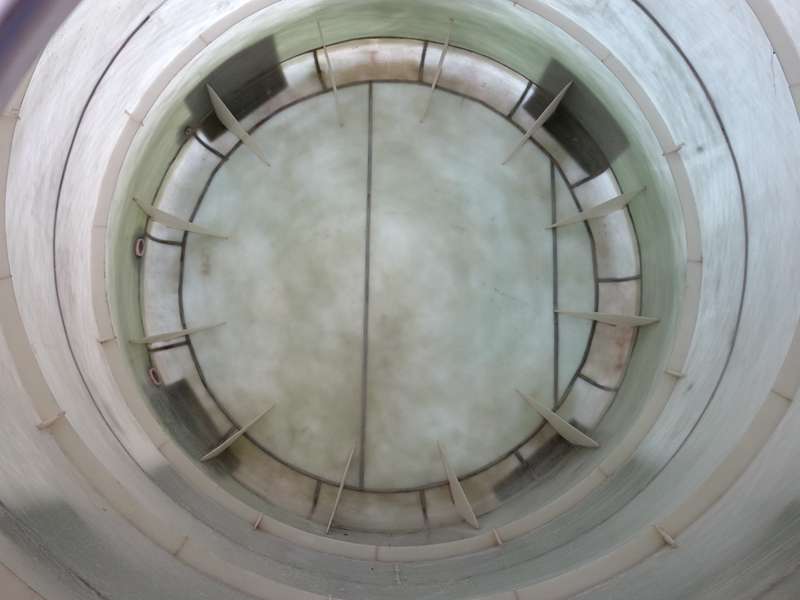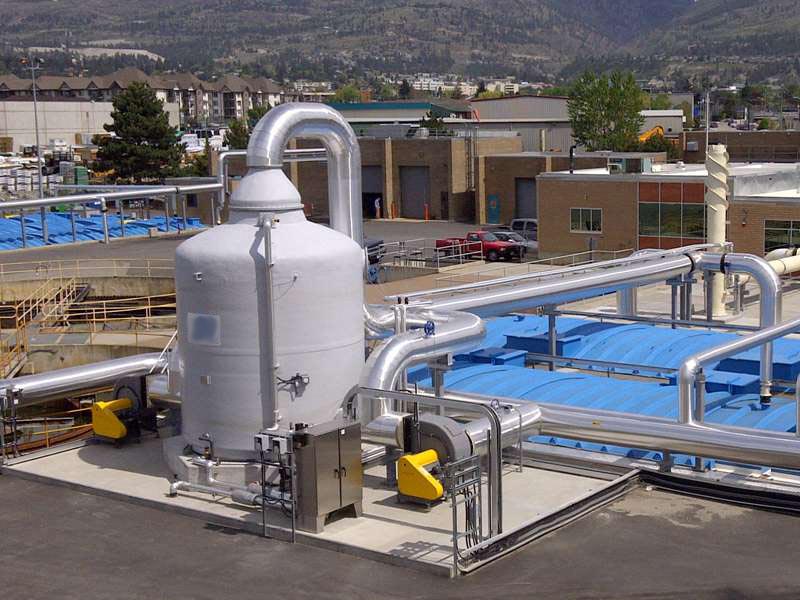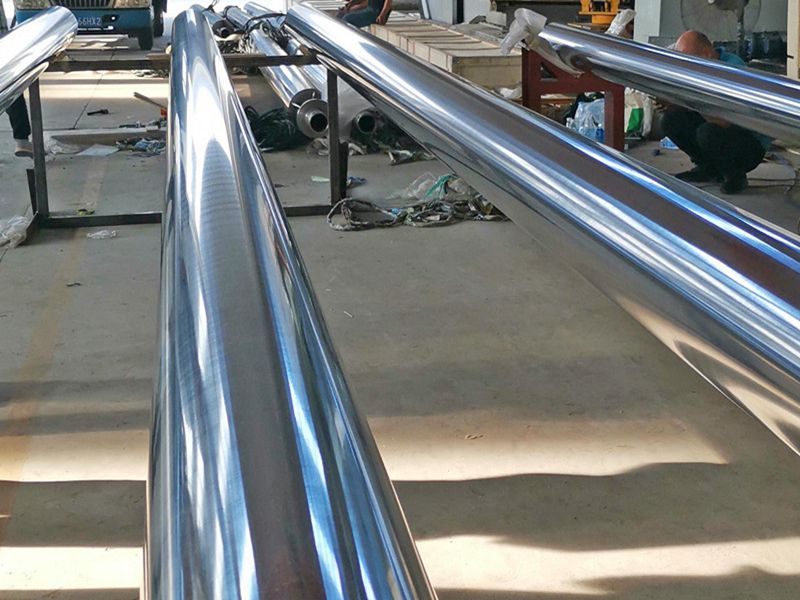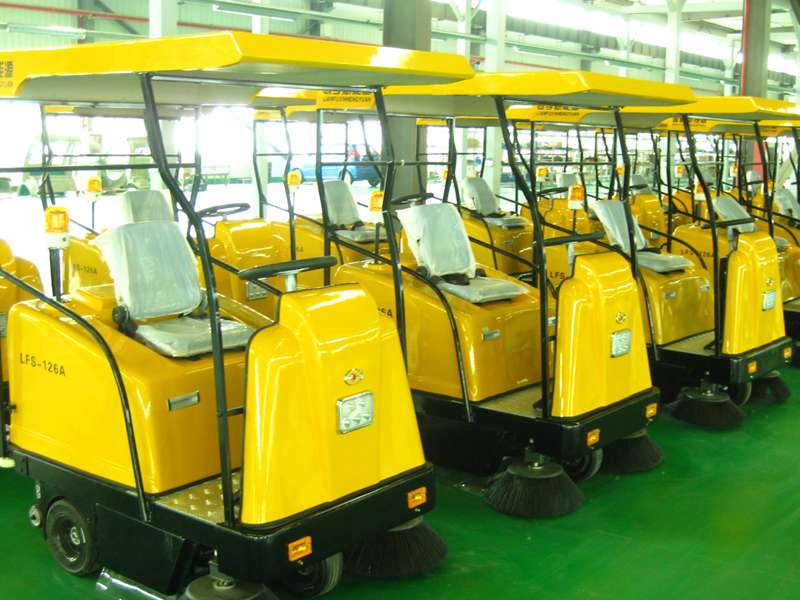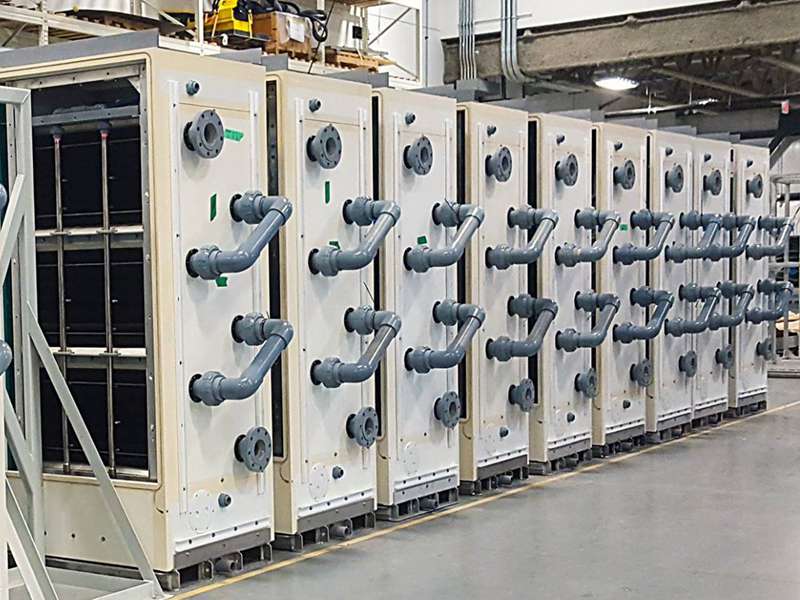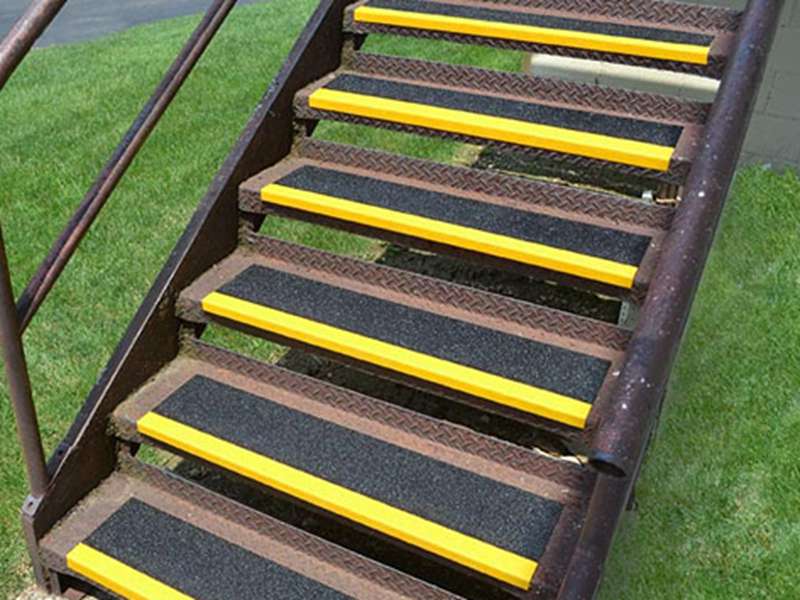High-Quality Fiberglass Weir Custom FRP Weir & Fiberglass Tanks Manufacturer
- Introduction to fiberglass weir
and its relevance - Technical advantages of fiberglass weirs compared to traditional materials
- Market analysis: data-driven overview of demand and growth
- Manufacturer comparison: quality, pricing, and service table
- Custom fiberglass tanks and weirs: tailored solutions for specific industry needs
- Application case studies: real-world implementation and outcomes
- Conclusion: Future trends and final thoughts on fiberglass weir evolution
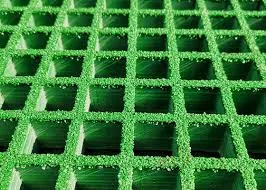
(fiberglass weir)
Introduction: The Rise of the Fiberglass Weir
Over the last decade, the fiberglass weir has emerged as a key component in water treatment and fluid management. The migration from conventional materials toward advanced composites like fiberglass has been driven by the demand for longevity, performance, and lower lifecycle costs. FRP weir (Fiberglass Reinforced Plastic weir) structures now represent a transformative trend in industries such as wastewater management, industrial processing, and municipal utilities. This growth is not only attributed to operational efficiencies but also to regulatory requirements for more durable and chemically resistant equipment. As industry standards evolve, the adoption of custom fiberglass tanks and precise weir configurations is reshaping system designs and maintenance strategies.
Engineering Excellence: Technical Advantages Over Traditional Weirs
Fiberglass weirs are engineered to outperform weirs made from concrete, steel, and other plastics. Their superior physical properties stem from the use of fiberglass reinforced resin systems, which combine light weight with exceptional strength. Compared to steel, fiberglass weirs reduce overall installation weight by 70%, alleviating structural demands and simplifying retrofitting. Notably, the resistance to corrosion and chemical abrasion below pH 4.5 or above pH 9 is nearly ten times higher than carbon steel alternatives, dramatically extending service life in harsh environments.
Furthermore, the homogeneous construction eliminates points of weakness, and custom molding techniques allow for intricate geometry – critical where precise flow measurements are required. These weirs function efficiently across a wide temperature regime, withstanding thermal cycling from -50°C to +90°C without dimensional warping. Maintenance demands are low; routine cleaning is infrequent due to the non-porous, UV-stabilised finish. Additionally, FRP weirs are non-conductive, reducing electrical hazards at industrial sites.
Data-Driven Market Growth: Adoption & Expansion Trends
The global market for fiberglass weirs and associated custom fiberglass tanks is experiencing accelerated expansion, driven by both regulatory mandates and broadening industrial applications. According to the Water Industry Manufacturing Index (WIMI), the demand for FRP weirs is increasing at a compound annual growth rate (CAGR) of 8.2% from 2020 to 2025. In 2023 alone, the United States reported a 20% uptick in municipal projects specifying fiberglass weir installations over concrete alternatives.
In Europe, over 70% of new wastewater treatment plants commissioned since 2021 have incorporated custom fiberglass solutions for both weirs and tanks. Asia-Pacific market penetration is particularly notable in Southeast Asia, where stormwater infrastructure upgrades have nearly doubled the annual demand for fiberglass panel and weir systems. This surge is propelled by strict effluent regulations and the need for cost-effective lifecycle management.
The rapid adoption is illustrated below:
Table 1. Global Fiberglass Weir Market Growth By Region (2021-2025 Projection)
| Region | 2021 Installations | 2025 Projected Installations | CAGR (%) |
|---|---|---|---|
| North America | 2,300 | 3,750 | 12.6 |
| Europe | 1,750 | 2,900 | 13.2 |
| Asia-Pacific | 2,880 | 4,600 | 12.2 |
| Middle East & Africa | 820 | 1,390 | 14.0 |
| Latin America | 540 | 990 | 16.1 |
Comparative Analysis: Leading FRP Weir Manufacturers
Choosing the right supplier for fiberglass weirs or custom fiberglass tanks requires careful evaluation of product quality, delivery performance, and total cost of ownership. Leading manufacturers differentiate themselves through advanced resin technologies, in-house testing, and post-sales support. Below is a side-by-side comparison of three prominent vendors, highlighting key aspects relevant to procurement teams:
Table 2. Manufacturer Performance Comparison (2024)
| Manufacturer | Production Capacity (Units/Year) | Warranty (Years) | Lead Time (Weeks) | Material Certification | Average Price/Unit (USD) | After-Sales Support |
|---|---|---|---|---|---|---|
| FiberFlow Solutions | 5,000 | 10 | 4 – 7 | ASTM D3262, EN 13501 | 900 | 24/7 Online & Field |
| PureFRP Manufacturing | 3,800 | 8 | 5 – 8 | NSF/ANSI 61, ISO 14692 | 1,050 | Business Hours Only |
| ProWeir Tech | 4,200 | 12 | 3 – 6 | ASTM D3299, EN 1796 | 980 | Dedicated Engineers |
Custom Fiberglass Tanks & Weirs: Tailoring to Unique Industry Demands
While off-the-shelf fiberglass weir designs satisfy standard municipal or industrial flows, many operations require custom-engineered tanks and weirs to meet precise hydraulic, chemical, or dimensional constraints. Advances in CAD-integrated filament winding and resin transfer molding have enabled the seamless integration of custom inlet/outlet geometries, complex baffle configurations, or dual-compartment tanks.
For aggressive environments—such as acid mine drainage or high-chloride effluent processing—resin formulations are tailored to withstand chemical attacks with specific glass content and curing profiles. In high-flow facilities, precision-molded V-notch and proportional weirs (customized down to the millimeter) ensure calibrated flow measurement even under turbulent conditions.
Case-specific customization might also include advanced coatings for biofouling resistance, integrated access hatches, seismic anchors, or conductive exteriors for hazardous classification zones. Leading suppliers leverage digital prototyping to validate load scenarios and flow dynamics prior to production, dramatically reducing commissioning risks and post-installation modifications. This capacity for customization extends beyond geometry—material traceability, color coding for plant integration, and embedded sensors for real-time monitoring are increasingly standard in modern FRP weirs and tanks.
Real-World Results: Industry Application Case Studies
The impact of advanced fiberglass weirs is most evident in high-profile project deployments. In 2022, the Clearwater Regional Water Plant commissioned a full retrofit with fiberglass weirs and custom tanks, resulting in a 38% reduction in annual maintenance labor and a facility-wide drop in unplanned downtime from 11% to just 2%. The non-porous properties of the new FRP weir structures eliminated microbial scaling, leading to more consistent effluent flow and compliance with heightened discharge standards.
Another notable implementation occurred at the East River Reprocessing Complex, where traditional concrete weirs suffered chronic acid attack. The facility transitioned to a tailored FRP solution featuring a proprietary vinyl ester resin, extending system life expectancy from 9 to over 25 years. Monitoring data reported zero structural degradation after 24 months of continuous operation in an acidic brine environment.
Industrial food processors have also adopted customized fiberglass tanks combined with high-flow weirs to automate cleaning cycles and improve product consistency. In a leading beverage plant, this conversion shortened CIP (Clean-In-Place) downtime by 35% while slashing energy costs associated with corrosion-related repairs. Collectively, these cases underscore the operational and economic benefits that fiberglass tank and weir systems introduce across varied applications.
Future Trends in Fiberglass Weir Innovation and Application
As demand for reliable, high-performance water management solutions grows, the fiberglass weir segment is adapting via new material chemistries and smart integration capabilities. The next generation of FRP weirs will likely incorporate embedded sensors for predictive maintenance, automated flow reporting, and self-diagnosing coatings that alert operators to performance impairments. Industry partnerships between resin innovators and system integrators point toward even greater customization and modularity, with plug-and-play tank and weir assemblies ready for specialized industrial workflows.
Sustainability factors are also shaping future trajectories: increasing use of recyclable glass fibers and low-VOC resins is reducing the environmental impact of manufacturing and disposal. Certification programs are evolving to recognize not just operational safety but also ecological stewardship.
Ultimately, the progression of fiberglass weir technologies promises to deliver enduring value for water infrastructure, industry, and the environment—aligning operational excellence with next-generation innovation.
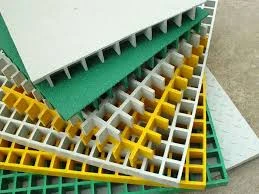
(fiberglass weir)
FAQS on fiberglass weir
Q: What is a fiberglass weir?
A: A fiberglass weir is a flow measurement structure made from durable fiberglass-reinforced plastic. It is used to control and monitor water flow in various applications. Fiberglass construction offers resistance to corrosion and long service life.Q: What are the advantages of using an FRP weir over traditional materials?
A: FRP (fiberglass-reinforced plastic) weirs are lightweight, corrosion-resistant, and require less maintenance than concrete or metal weirs. They are ideal for harsh environments. Their high strength-to-weight ratio ensures ease of installation.Q: Can fiberglass weirs be customized for specific project needs?
A: Yes, fiberglass weirs can be custom fabricated to fit unique dimensions and flow requirements. Manufacturers offer customizable shapes, sizes, and notch profiles. This ensures the weir meets precise project specifications.Q: Are custom fiberglass tanks compatible with fiberglass weirs?
A: Custom fiberglass tanks can be integrated seamlessly with fiberglass weirs for complete flow and storage solutions. Both are made from similar corrosion-resistant materials. This compatibility enhances durability and system performance.Q: How do I maintain my fiberglass weir or FRP weir?
A: Maintenance of fiberglass or FRP weirs is minimal due to their non-corroding surfaces. Regular visual inspections and occasional cleaning are usually sufficient. This makes them a cost-effective choice for long-term use.Latest news
-
Oblate Tanks: Space-Saving, Durable Liquid Storage SolutionsNewsAug.27,2025
-
High-Performance Piping System Solutions for Industry & Commercial UseNewsAug.26,2025
-
Precision Fittings: Durable & Reliable Industrial & Plumbing SolutionsNewsAug.25,2025
-
Practical Steps: Unlock Success with Our Proven GuidesNewsAug.24,2025
-
Transport Tanks: Safe, Durable & Efficient Liquid HaulingNewsAug.23,2025
-
High-Quality Piping Systems for Efficient Flow & DurabilityNewsAug.22,2025




